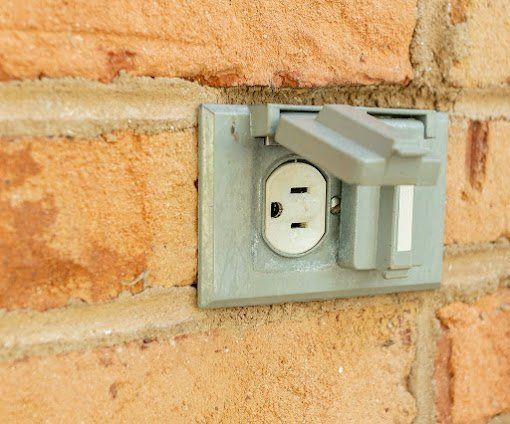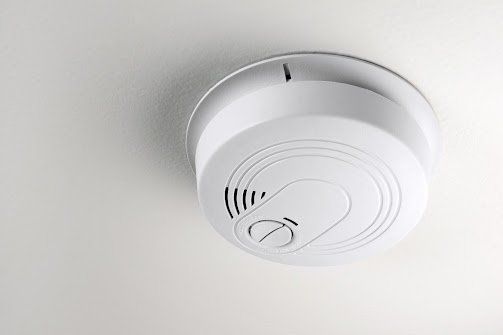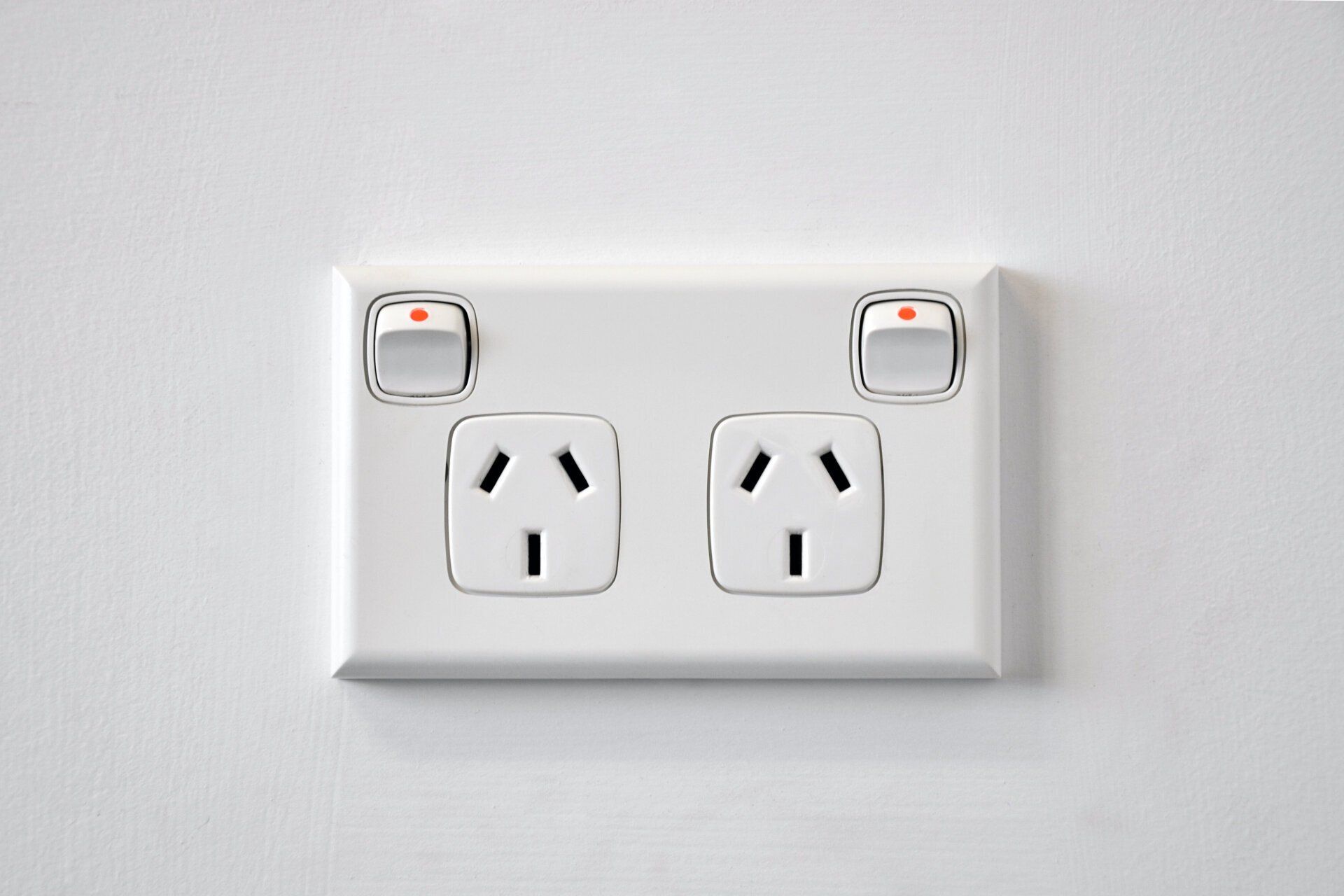What to Look for When Examining the Electrical System of an Old Home

Old houses may not have the current or proper electrical systems. Still, these homes are great for upgrading and selling. You may also reside in the home if you have a significant connection to its history. However, your electrical demands are different from those of previous occupants. In addition, you must prioritise your security and safety when living in such a home.
If you purchase or lease an old home, you need to inspect certain areas. Of course, the type of upgrades you perform depends on the results of this inspection. Your work becomes easier if you find out that the previous owner partially upgraded the electrical system. This piece gives you pointers regarding specific issues you should examine when evaluating your electrical system.
Wear and Tear
The possibility of having worn-out components in an old home is high. As components age, temperature, humidity and other agents might increase the rate of wear and tear. For example, mice, squirrels and raccoons frequently damage wiring. These animals constantly chew off insulation or completely damage the wire, pulling it out of its connection.
One of the main disadvantages of these damages is the high likelihood of a short circuit. The short circuit can damage your electronics and become a fire hazard. Old homes may have cracks and spaces where rodents easily penetrate and cause immense damage to your electrical system. Therefore, the electrical system of an old house requires inspection and repairs.
Overloaded Circuits
Your home might not have enough outlets to handle the equipment you have. The common temptation is putting many items on one outlet and hoping the electrical system can handle the power demand. In addition, modern gadgets consume a lot of power and old homes might not handle such needs. Therefore, what do you do when you move into such a house?
Overloaded circuits are a fire hazard. The circuits carry too much electricity and generate a lot of heat that is difficult to detect. This heat increases the wiring system's wear rate and can easily cause a fire. The best intervention to this issue is to rewire your electrical system to accommodate as many outlets as you need.
No Grounding
A grounded electrical system protects equipment and occupants from the risks of high voltage. Grounding is a process that leverages the negative electrical characteristics of the earth to neutralise positive charges in the electrical system. Therefore, excessive electricity discharges via the ground. Grounding also helps your circuit breakers and fuses switch off the circuit.
The electrician can inspect your home to establish that it is grounded and that all circuit breakers and fuses are functional. Grounding is critical when using metallic items that are easy to energise. Energised metals can easily cause shock to a user, essentially the component's attempt to discharge excessive charges to the earth through your body.
Poor Modifications
Most people constantly modify electrical systems to fit their needs. If the previous occupants performed electrical modifications, you must establish whether they met the standards for safe occupation. For example, a person might cut into cables in the garage and create a socket. However, if they opted for DIY installation, components such as duct tape and cables could be worn out.
In addition, abandoned wiring in ceilings or basements is a risk in an old home. Old homes are at a high risk of water damage or leaking roofs, and wires could worsen the situation. Typically, they could cause fires or electrocute occupants as they attempt to flee the flooded house.
These tips are essential when buying or living in an old home. Any upgrades to the electrical system are your way of ensuring the home continues to serve your needs and is safe for its occupants. At Smart-Safe Electrical Services, we can help you inspect, diagnose and upgrade electrical systems for old homes.






